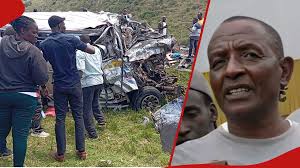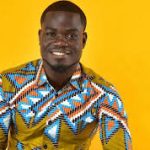The tragic accident at Kikopey that claimed 13 lives is more than a news headline; it is a stark, real-world case study in road safety failures. Through the powerful testimony of a survivor, we can extract critical lessons that could save lives on the dangerous stretches of the Nakuru-Eldoret highway and across Kenya.
The survivor’s narrative provides a crucial timeline of the moments leading to the collision. He described a common yet deadly scenario: a attempt to overtake on a potentially unsafe section of the road. “It was a normal maneuver until it wasn’t,” he recounted, highlighting how routine decisions can have catastrophic consequences. This account forces us to move beyond blaming “reckless driving” as an abstract concept and to confront the specific, split-second choices drivers make.
Key Safety Takeaways from the Kikopey Tragedy:
-
The Overtaking Gamble: The survivor’s chilling recollection of “seeing the truck’s headlights” points directly to a misjudgment in overtaking speed and distance. This reinforces the life-saving rule: only overtake when you have a clear, long view of the road ahead, and can complete the maneuver safely with ample space.
-
Passenger Vigilance: While the driver holds primary responsibility, passengers must also be advocates for their own safety. Feeling uncomfortable with speed or an overtaking maneuver? It is your right to speak up calmly and request caution.
-
The Human Cost of Speed: On highways like the one through Kikopey, speed dramatically reduces a driver’s margin for error. The difference between a near-miss and a fatal crash is often just a few kilometers per hour.
This analysis is not meant to assign blame, but to foster prevention. By listening to the voices from within the wreckage, we can transform grief into action. Let the story of the Kikopey survivor be a solemn reminder that reaches every driver, passenger, and policymaker in Kenya: road safety is a shared responsibility, and vigilance on our highways is non-negotiable.










